Management of Change BCA Notes
Management of Change BCA Notes: –
This article contains BCA Principle of Management Subject Unit 5 Management of Change BCA Notes. this is very helpful for BCA students. please share this article with your all friends and all groups. and all notes are available on this website.
Overview of management of change BCA
Management of Change (MoC) refers to the structured approach organizations use to prepare, equip, and support individuals and teams in successfully adopting new processes, technologies, systems, or organizational changes. In the context of a Bachelor of Computer Applications (BCA) program, understanding MoC is important as it prepares students to navigate and lead organizational changes effectively, particularly in IT-driven environments.
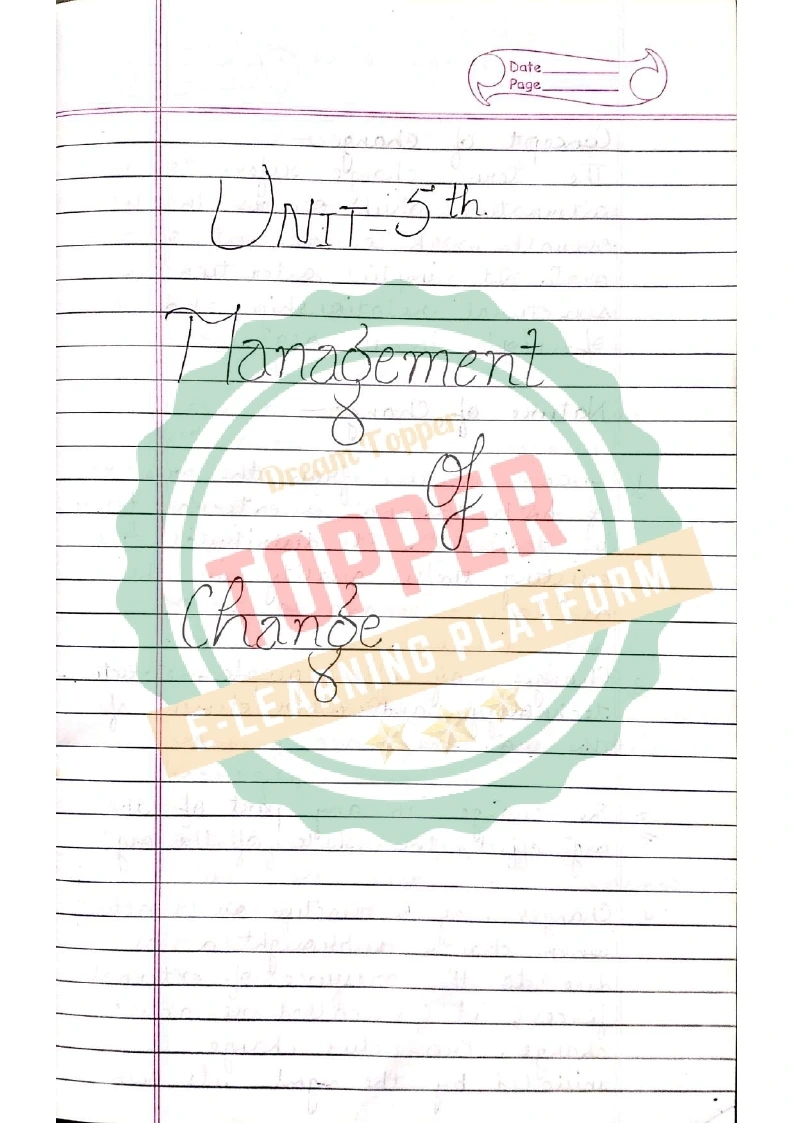
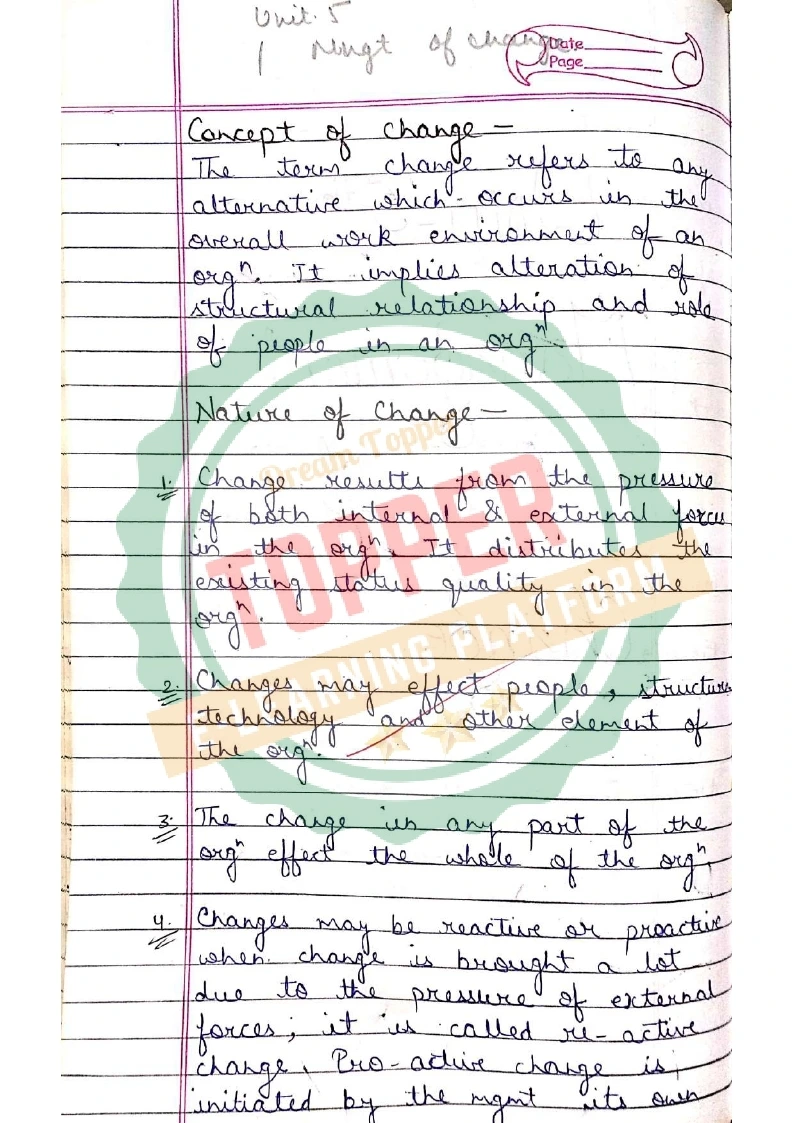
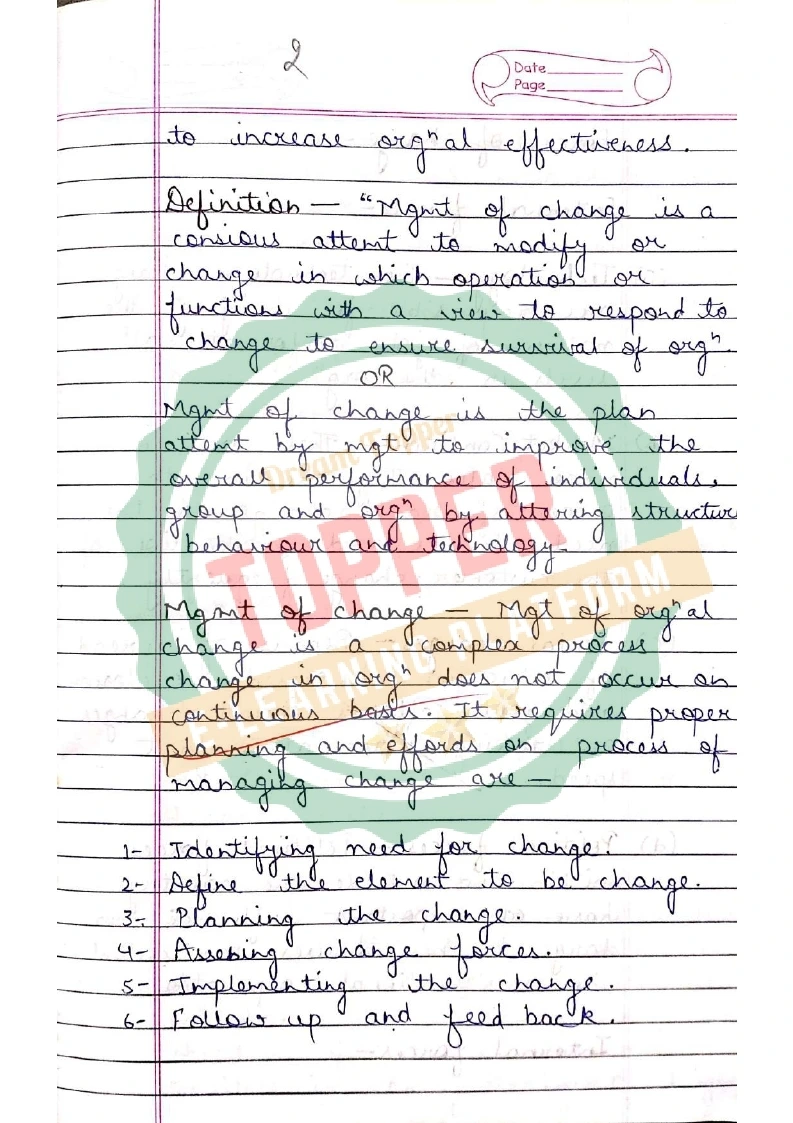
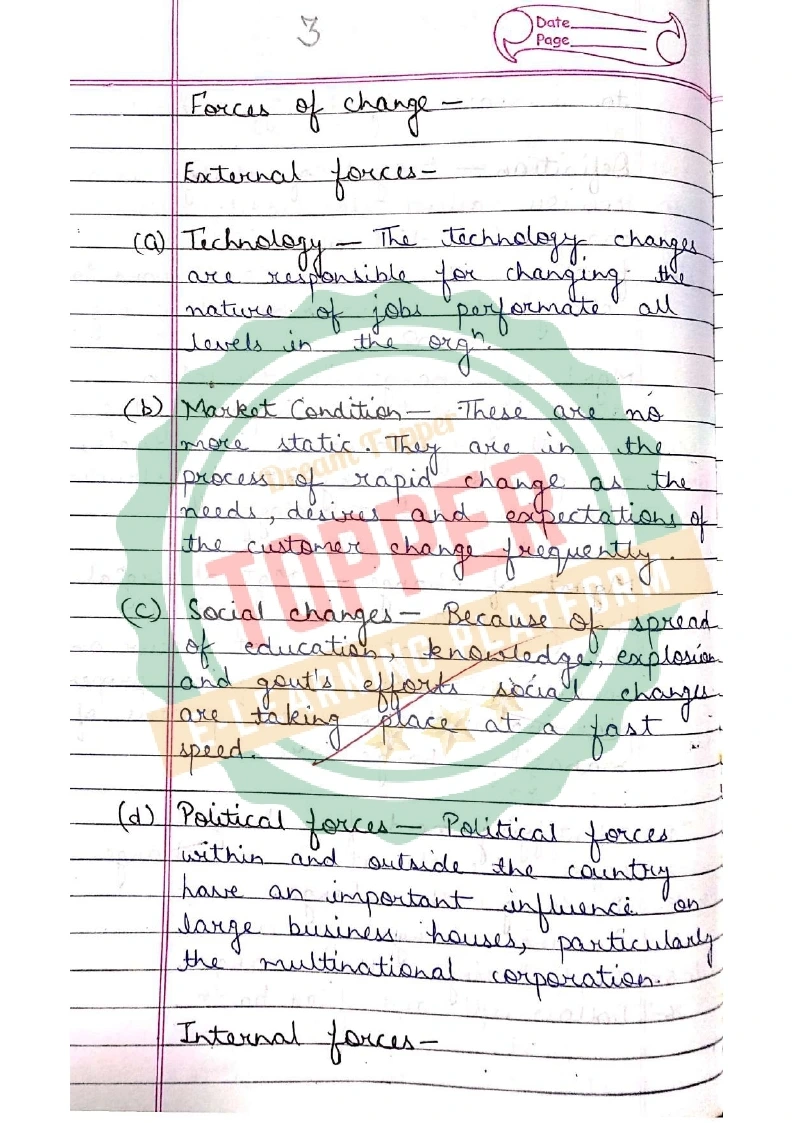
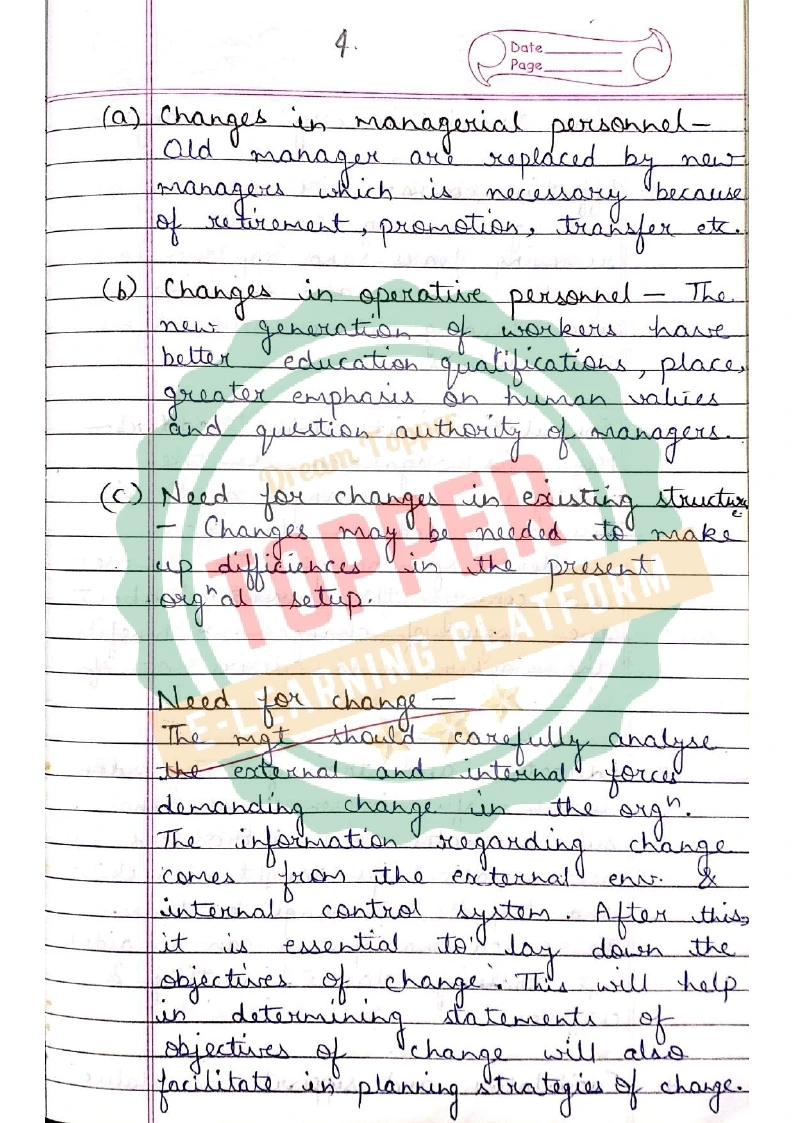

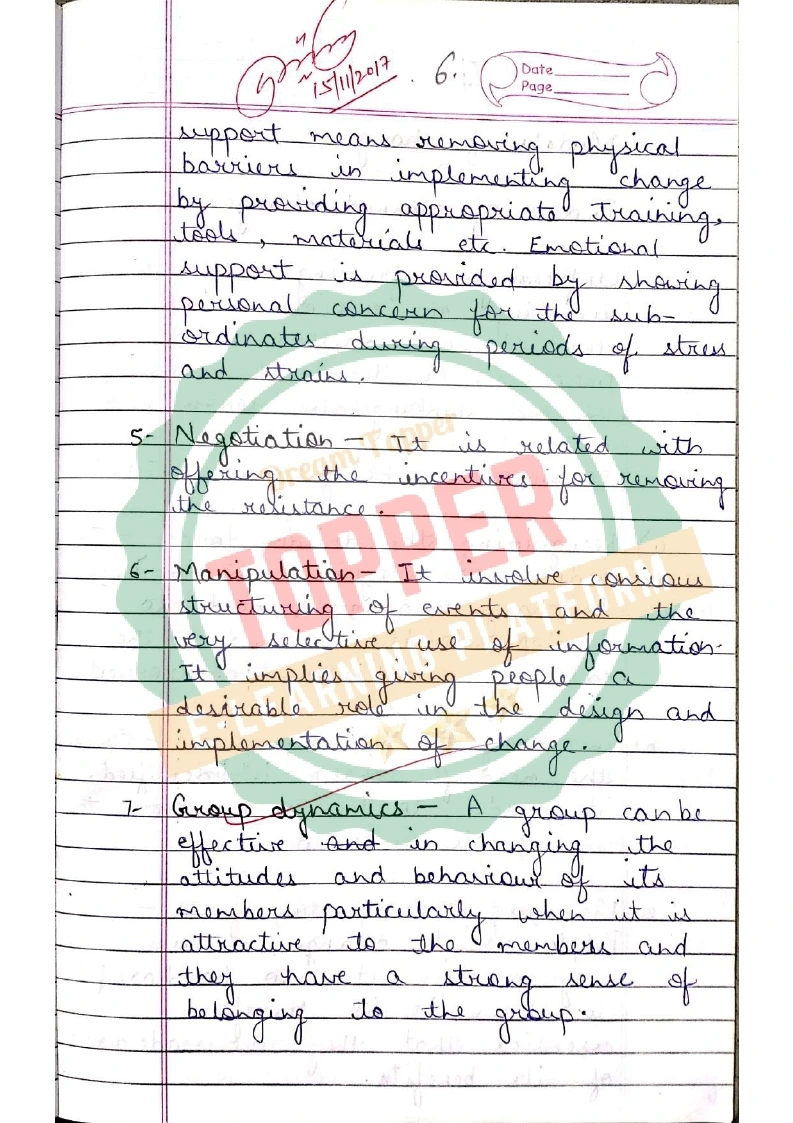
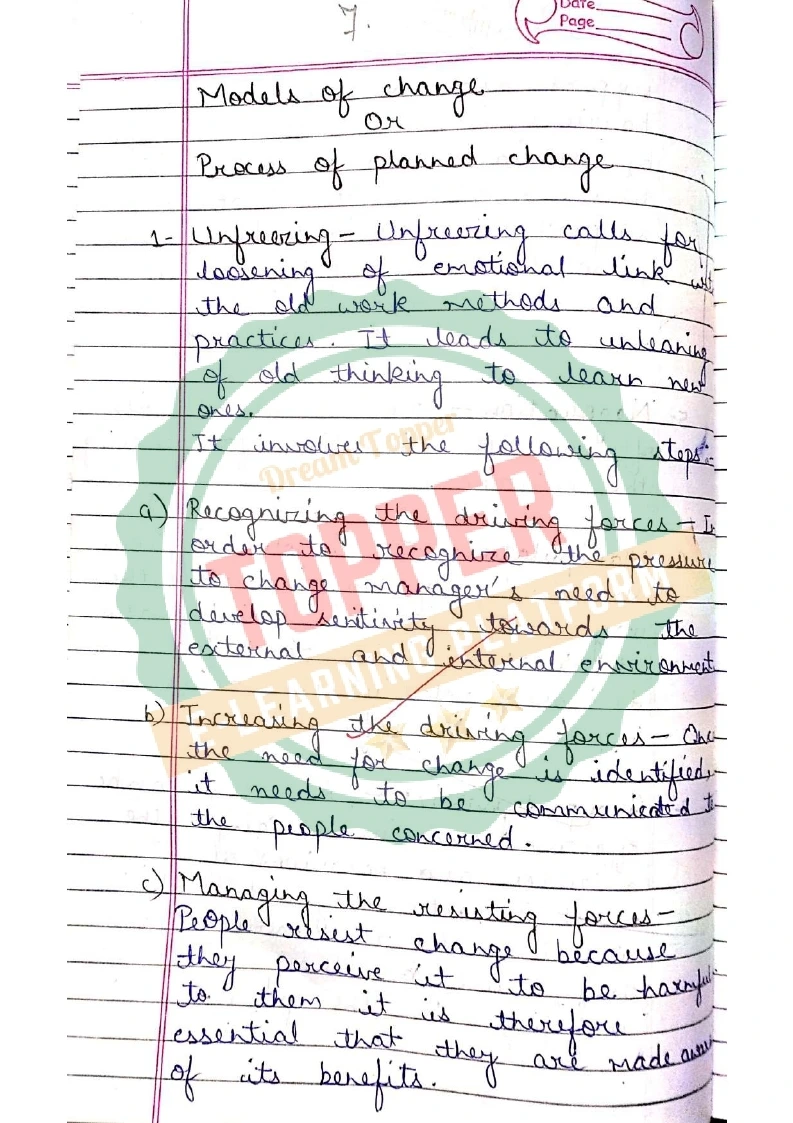
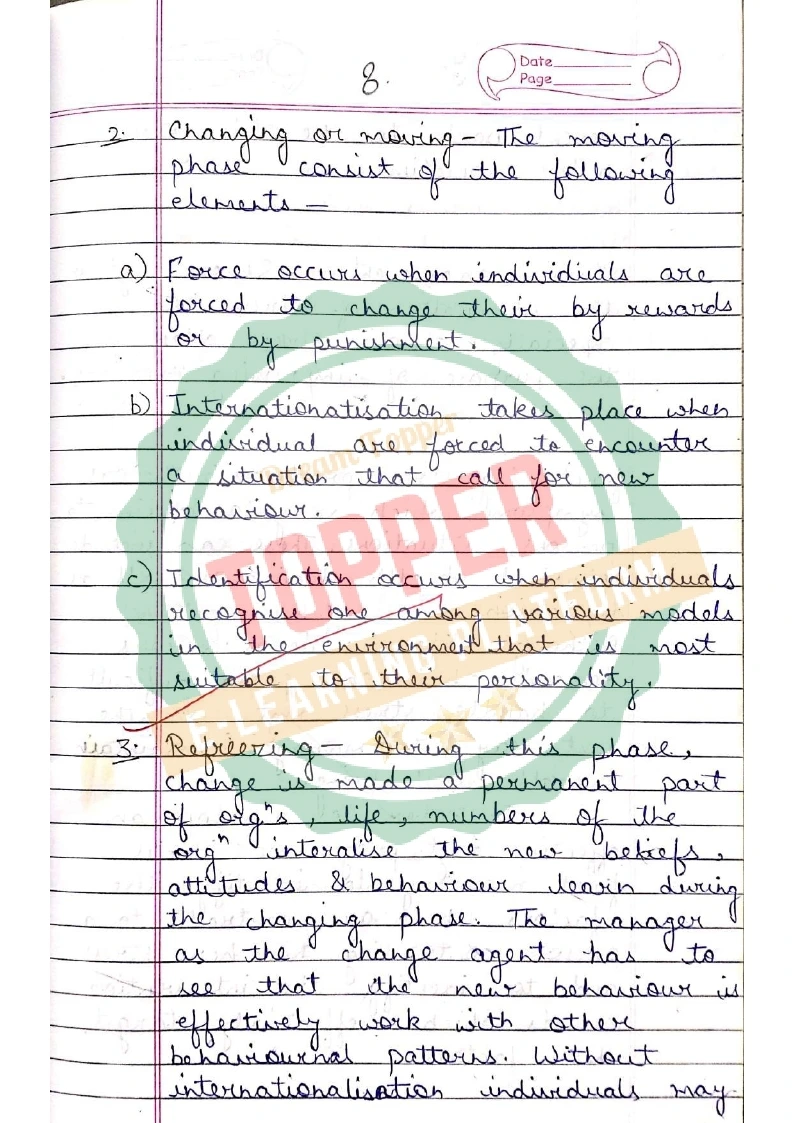
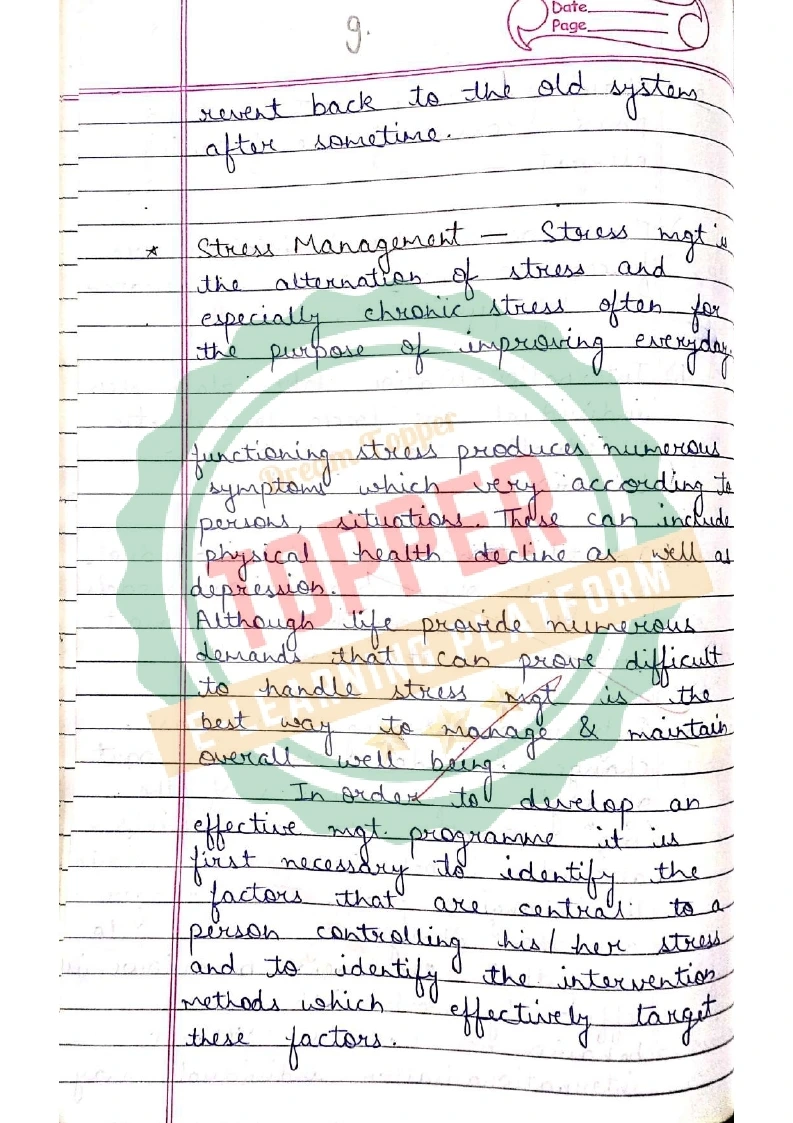
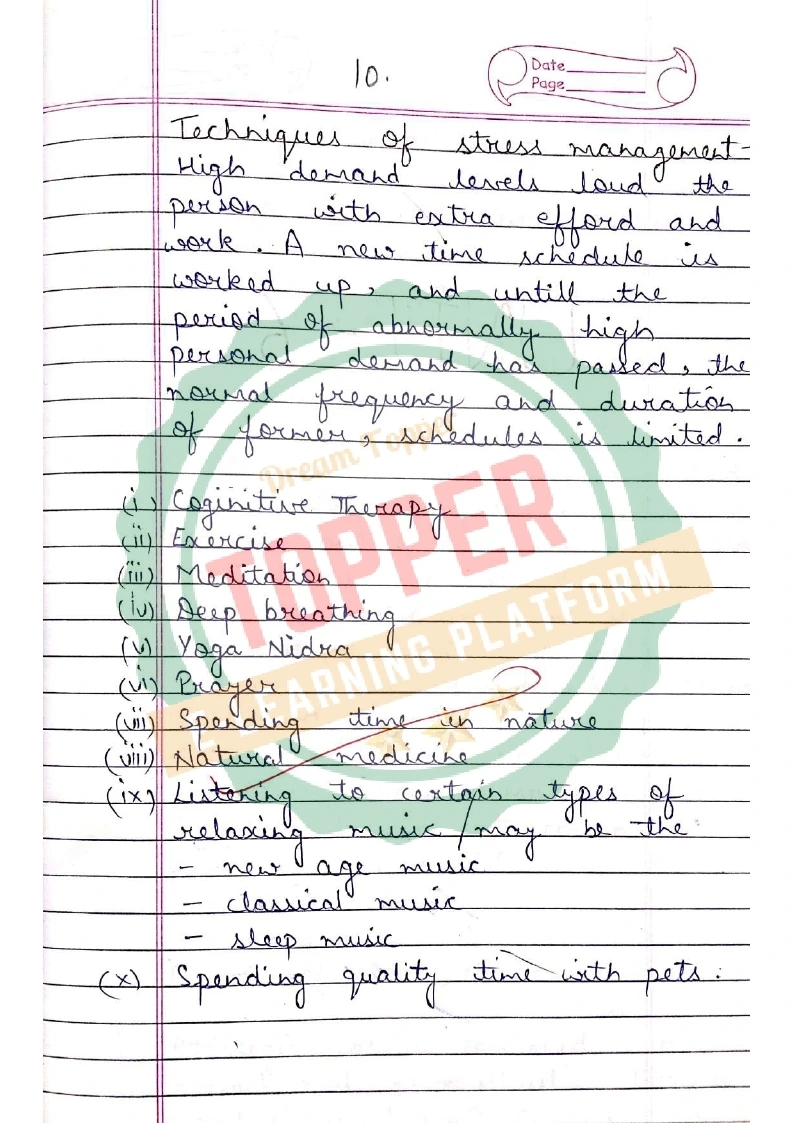
Related Links: –
Unit 1 Nature of Management
Unit 2 Evolution of Management Thought
Unit 3 Functions of Management: Part-I
Unit 4 Functions of Management: Part-II
Unit 6 Strategic Management
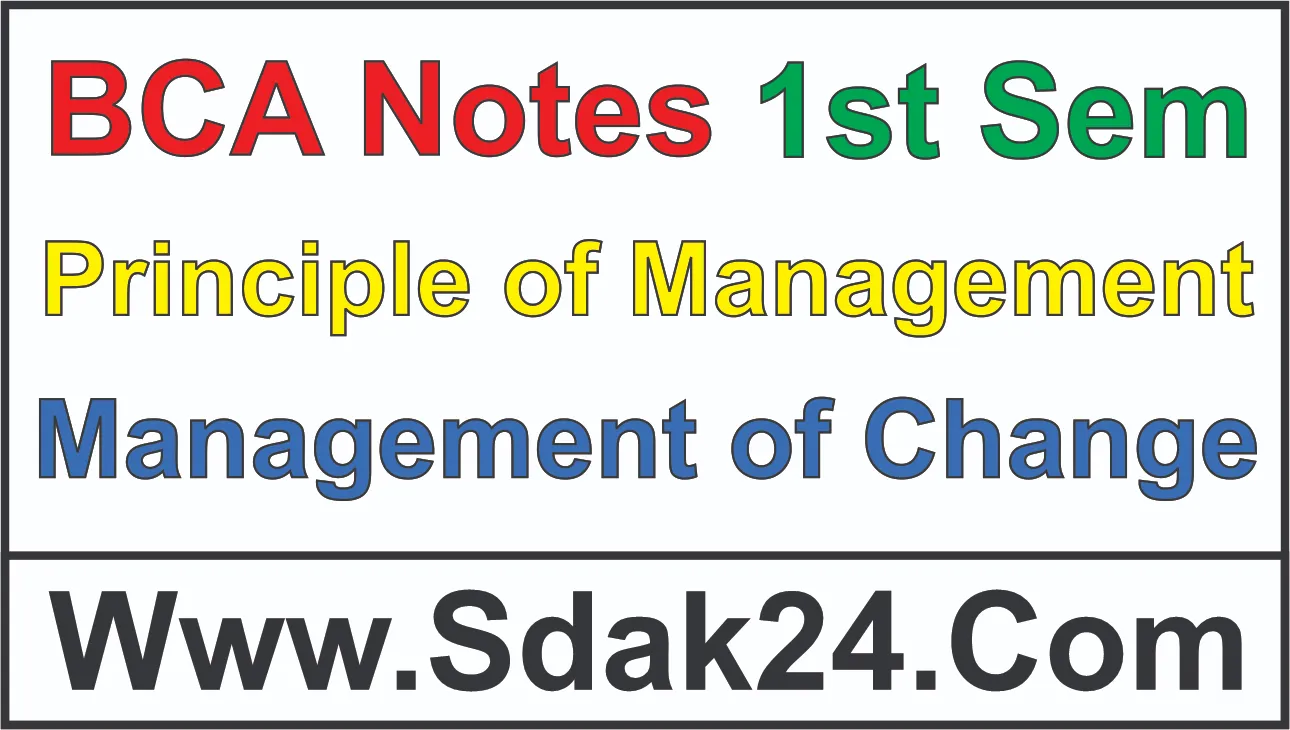
|
|
|||
 |
|||